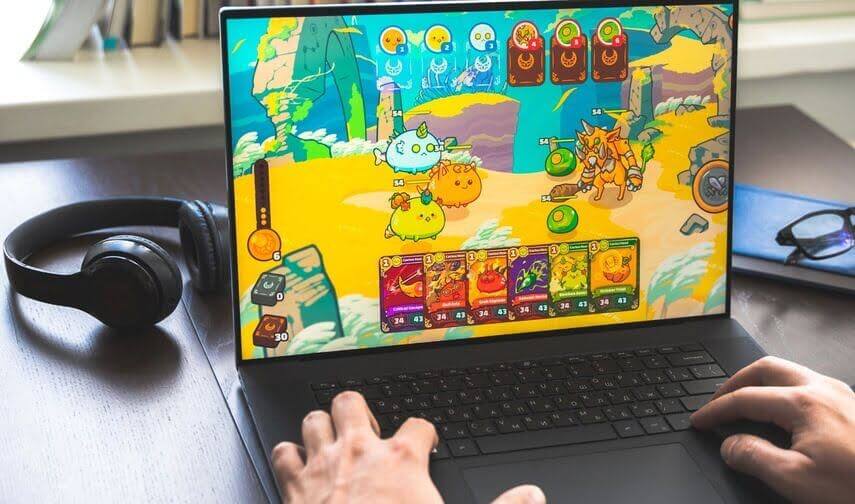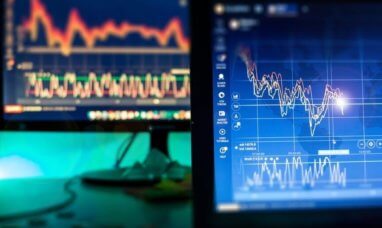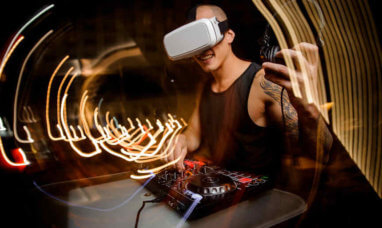“The first internet collected information. The 2nd rendition of the internet created the framework for communication. The third evolution of the web? It (NFTs) will capture the consumerization of assets and the stakes are (…) high!” – Gary Vaynerchuk
In today’s world, Gary Vaynerchuk is one of the most prolific serial entrepreneurs in America. He made his first million dollars when he was just 31 years old and has never looked back since! This year will be no different as we look at what might happen with NFTs (Non Fungible Tokens). As they say “nothing is more exciting or bewildering than an idea whose time has come.” So, what are NFTs?
Nothing is as exciting and bewildering this year as NFTs. When we look at things like Crypto Kitties, Cryptopunks or the $66-million NFT by Beeple, it’s an attractive new thing to look at and invest into. After all, you could become an NFT accidental millionaire.
So, What Is an NFT?
NFT stands for Non-Fungible Token. What does this mean?
Fungible:
If two things are fungible, it means they are virtually or completely identical and can be exchanged for one another. Examples: The dollar, bitcoin, etc.
Non- Fungible:
Imagine if I drew a stick figure of a man. Then you drew one. Now, we decided to sell our drawings. We could exchange them, but aside from a 1 to 1 trade agreed upon by both of us, there’s no guarantee that they are interchangeable with each other or other drawings! Technically, the drawings are unique from anything else on Earth. The paper, the lines on it and everything else down to the molecules are unique… technically.
Non-fungible means the token cannot be exchanged equally for another NFT. Each NFT is completely unique with its own address on a blockchain. Just like our drawings.
Still, most people don’t have time to reduce things that far…
So, when it comes to digital art – how do we verify originality when a file can simply be copied? How do we tell the difference between two identical digital works of art? How do I know that your Stick Figure Made in Paint is the original, and mine is not? How do NFTs solve this?
Enter the Blockchain…Wait, What Is Blockchain?
Picture a database and a spreadsheet. A spreadsheet stores data in one file, sometimes on one or more computers. Databases are centralized computers where multiple other computers access can query simultaneously.
A blockchain is a different type of database. It puts data in blocks, and once one block fills up, a new block is made in chronological order. No block can be changed without altering every block after it. This makes blockchain decentral, and immutable (Meaning it can’t be change- at least not without GREAT effort). A copy of each blockchain is stored by every participant on the network and is updated constantly.
Blockchains are a permanent public record of transactions. When an NFT is made, it is “Minted” onto a blockchain. When this happens, a piece of art’s digital signature is created in a blockchain ledger, creating its own unique address.
This is what makes NFTs unique! NFTs are just like individual pieces of collector items like baseball cards, works of art, and more! Also, an NFT trading card can be made to represent physical objects in the real world such as assets, like homes. Everyone on the network agrees on the originality of each minted NFT, guaranteeing ownership.
Blockchains are immutable. This means they cannot be altered or changed without nearly impossible levels of difficulty.
The Different Kinds of NFTs

Source: Rarity.tools
So, if you’re still confused, it’s best to start with some examples. Rarity.tools is an excellent website to look at the latest upcoming NFT collections. NFT character collections like the Winter Bears are generated from a group of traits, and a program is used to randomize combinations, creating anywhere from 1 to over 10,000 unique characters. An initial “Drop” is conducted when the NFT is released with a “Floor Price” in Ethereum. This is the initial price of the auction. Once the collection is all bought up, people can bid on each other’s Winter Bears. Most Floor prices are set at around 0.05 ETH (About $160 USD). Some Winter Bears list for whopping prices: 200 Eth! That’s a $655,574 USD Winter Bear!
Other NFTs are standalone, such as artworks. Blake Kathryn, an LA-based artist, uses 3D images in a unique way to bring us her vibrant and classy NFT collections. There are more NFT sales examples in this beginner’s guide.

Source: Blake Kathryn
NFTs and Video Games
If art and collectibles aren’t enough, it’s getting even bigger. The “Metaverse” is expanding, and game developers have jumped on the NFT bandwagon like no other! Using crypto tokens and selling NFTs, companies are making games where players can earn real money via crypto currencies, and buy/sell/trade NFTs in secondary marketplaces.

Source: Megapixl
Games like Axie Infinity and League of Kingdoms allow for the purchase and sale of items in the game that are NFTs. Their games also feature land, which can be bought and sold in ETH on a marketplace. Some land goes for hundreds of ETH, like this Savannah Plot in Axie Infinity’s Marketplace:

Source: Axie Infinity Marketplace
This is obviously a ridiculous price, but it goes to show you just how far the NFT rabbit hole goes. These NFT games are gaining massive popularity especially in the South East Asian markets.
The future of gaming is now available. Play-To-Earn, an innovative way for video game players to “own” a part in the game they play and have a stronger stake in its success may be the way that games are played tomorrow!
It gets better! Players can ‘stake’ by investing their tokens back into a game’s economy, growing it ever more. As long as players play, and they will, adoption will increase and these games will grow.
Where Is the Value in NFTs?
You. That’s where it is. NFTs are the collective evolution of how we value art, and the decentral nature of the blockchain enables anyone to post a collection and monetize their following. Instagram artists previously unable to enter the austere art world are finding legions of fans, some of whom possess crypto in vast quantities and want to become collectors. Now, these artists have made millions of dollars from their work. In short, NFTs are making the art world more accessible.
However, it’s also greatly enriching the already successful. It’s easy to monetize an already existing follower base. New artists need to invest by “Minting” NFTs on the Ethereum network, paying a gas fee of around $200 USD.
You don’t need a massive investment to get into NFTs right now, but it’s important to know it’s not free to start. Many potential NFT collectors are signing up for Metamask wallets, buying ETH (Ethereum), and funding their wallets in order to buy and trade NFTs.
Blockchain and NFTs are not going away, and they are evolving every day. Some predict that NFTs, cryptocurrencies, tokens and smart contracts are the way of the future. In all likelihood, decentralized blockchain technology could be one of the premier investments of this decade.
A warning about NFTs: it’s really important that you know what you’re doing before investing in NFTs or trying to create your own. This is not an endorsement to purchase NFTs or cryptocurrencies. Use your discretion.
Featured Image: Megapixl






